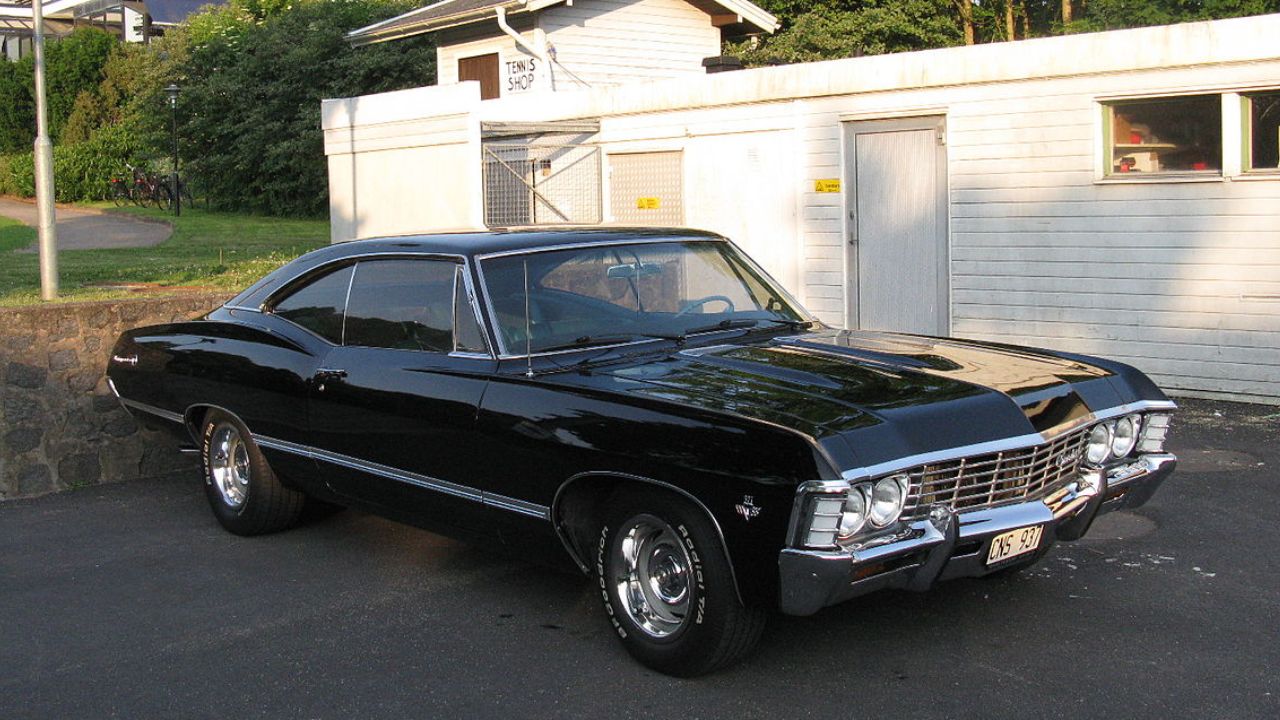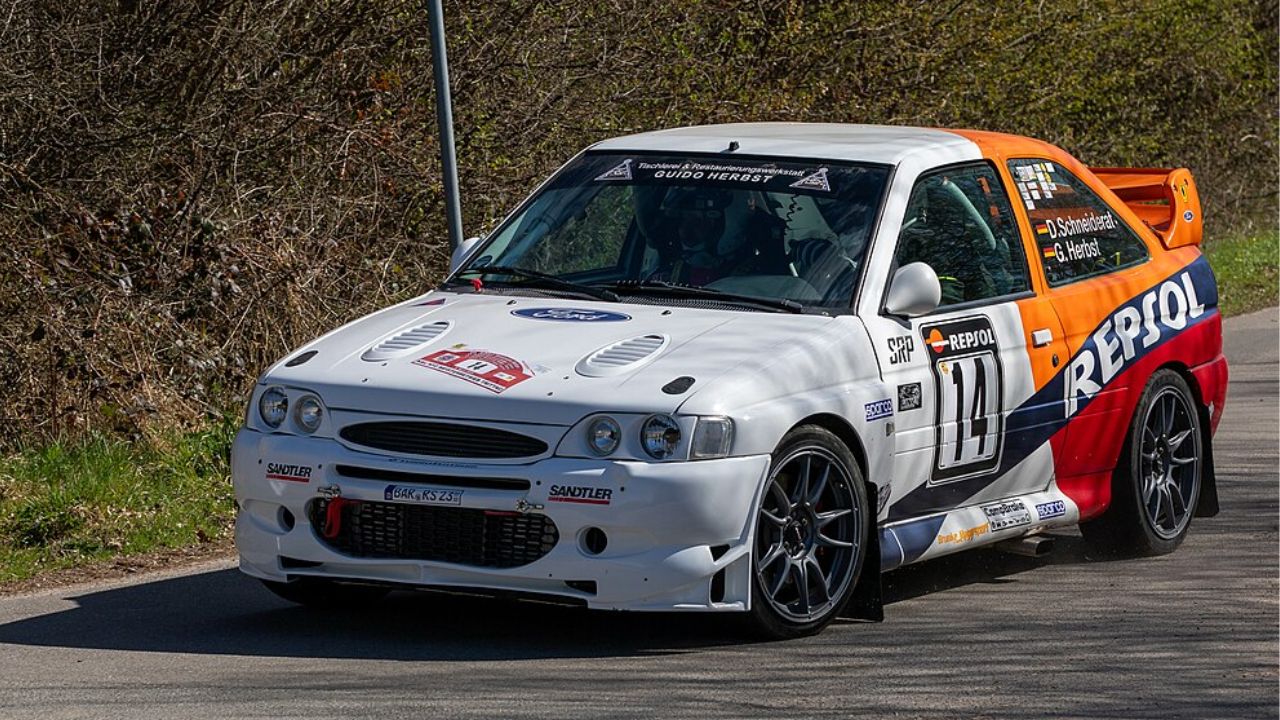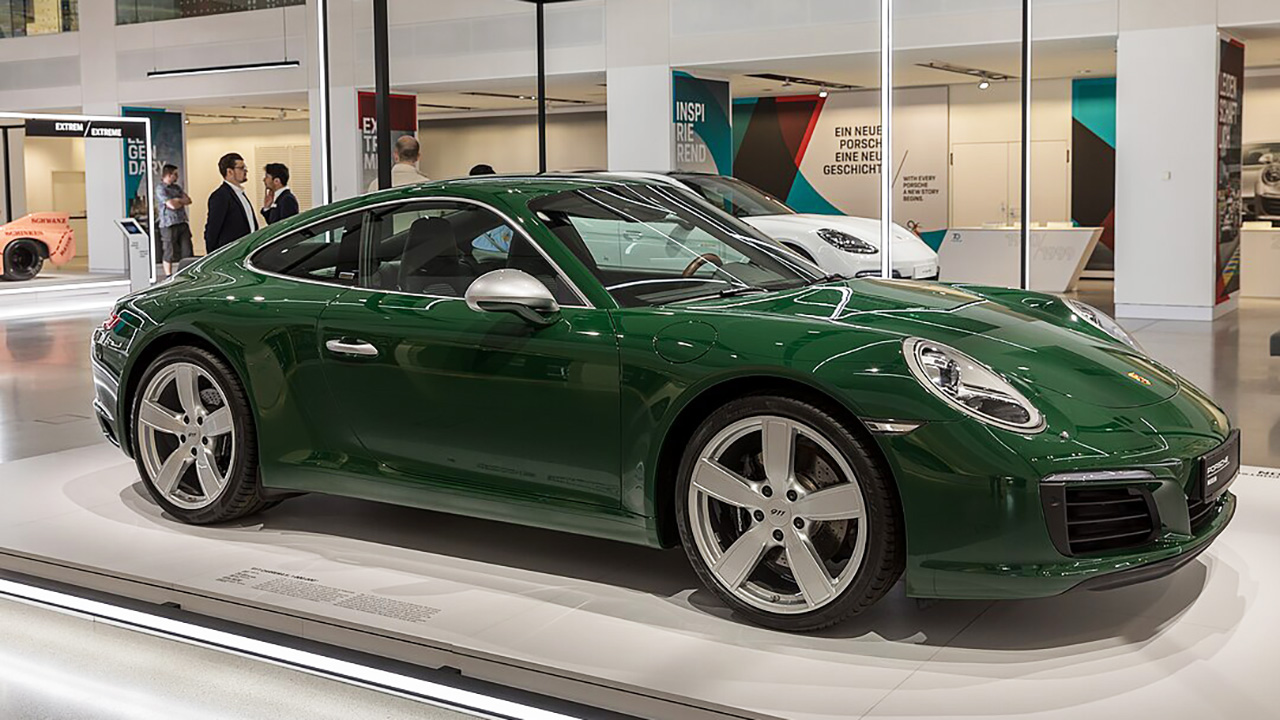The revival of vintage V8s has surged in popularity, driven by nostalgia and a growing appreciation for classic automotive craftsmanship. However, restoration shops are struggling to keep pace with the increasing demand, leading to longer wait times and backlogs. As someone who has closely followed this trend, I can attest to the passion that fuels both buyers and restorers in this vibrant community.
The Resurgence of Vintage V8 Enthusiasm
In recent years, interest in vintage V8s has exploded, particularly among younger generations who are discovering the allure of classic car culture. Many young enthusiasts are drawn to the raw power and performance that these vehicles offer, not to mention the unique designs that showcase an era of automotive history. They often connect with these cars through social media platforms like Instagram and TikTok, where stunning restorations and builds are showcased.
Car shows, both local and national, have played a significant role in this resurgence. Events like the Goodguys Rod & Custom Association shows or the Muscle Car and Corvette Nationals not only highlight breathtaking restorations but also foster a deeper appreciation for the craftsmanship involved. For many owners, vintage V8s aren’t just vehicles; they’re an emotional connection tied to family history or personal experiences. Whether it’s a father passing down a classic 1969 Chevrolet Camaro or a personal project that symbolizes years of hard work, these cars often carry stories that resonate deeply with their owners.
Limited Resources in Restoration Shops
Despite the growing demand, restoration shops face significant challenges related to limited resources. One of the most pressing issues is the shortage of skilled labor. Many experienced technicians are retiring, and there is a noticeable lack of new professionals entering the field. This gap not only affects the speed of restoration projects but also the quality of work being produced. Young enthusiasts may have the passion, but without proper training and mentorship, the craft risks losing its traditional techniques and skills.
Sourcing authentic parts for rare models has become another hurdle for restoration shops. Vehicles like the 1970 Dodge Challenger or the 1968 Ford Mustang often require specific components that are no longer manufactured. While some shops have found success with aftermarket suppliers, the quality can vary, leading to further complications in restoration projects. Additionally, financial constraints can limit small shops’ abilities to scale operations or invest in new technologies that could streamline their workflow. This cycle creates a backlog that frustrates both customers and restorers alike.
The Complexity of Restoration Projects
The intricate nature of vintage V8 restorations contributes to the delays many shops experience. Each vehicle is unique, and the condition of these cars can vary dramatically. A 1971 Pontiac GTO might require extensive mechanical overhauls, while a 1967 Chevrolet Impala could need significant bodywork. This variability leads to unpredictable timelines and costs, which can be frustrating for both the shop and the customer.
Moreover, the necessity for custom fabrication and modifications often adds layers of complexity to restoration projects. For instance, a shop restoring a 1955 Ford F-100 may need to modify the frame to accommodate a modern engine or update the suspension system for improved handling. These customizations, while enhancing the vehicle’s performance and safety, can also lead to extended timeframes for completion. As a result, even a project that seems straightforward can stretch well beyond initial estimates, contributing to the backlog that many restoration shops currently face.

Economic Factors Influencing Demand
Several economic factors are driving the rising demand for vintage V8s. The increasing value of classic cars has attracted more buyers to the market, viewing these vehicles as investments rather than just hobbies. According to the Hagerty Market Index, classic car values have seen substantial appreciation over the past decade, with muscle cars and vintage V8s leading the charge. This trend is particularly pronounced among models from the 1960s and 1970s, like the Chevrolet Corvette and the Ford Mustang, which have become highly sought after by collectors and enthusiasts alike.
Additionally, rising disposable income among car enthusiasts is allowing more people to invest in high-quality restorations. Many are willing to spend significant amounts on their projects, recognizing that a well-restored vintage V8 can provide both enjoyment and a solid return on investment. Furthermore, the pandemic has shifted consumer behavior, leading to a surge of interest in hobbies such as car restoration. With more people working from home and looking for fulfilling projects, many have turned to restoring classic cars as a way to spend their time and resources.
Future Trends in the Vintage Car Restoration Industry
Looking ahead, there is potential for transformative trends in the vintage car restoration industry. One promising area is the integration of technology. Innovations like 3D printing and computer-aided design (CAD) are beginning to streamline restoration processes, allowing shops to produce custom parts more efficiently and accurately. This technology can significantly reduce lead times and improve the overall quality of restorations.
Moreover, the rise of electric conversions for vintage V8s is another exciting trend. Many enthusiasts are exploring ways to blend classic aesthetics with modern sustainability, opting to replace outdated engines with electric powertrains. This not only preserves the look of these iconic vehicles but also aligns them with contemporary environmental standards. Companies like Charge Cars are making strides in this area, offering electric conversions for classic models like the Ford Mustang.
Lastly, there’s an increasing emphasis on advocating for training programs to attract new talent into the restoration field. Organizations like the Automotive Restoration Program at McPherson College are working to inspire the next generation of restorers by providing hands-on experience and education. By addressing the labor shortage, we can ensure that the art of vintage V8 restoration continues to thrive for years to come.
Like Fast Lane Only’s content? Be sure to follow us.
Here’s more from us:
*Created with AI assistance and editor review.






Leave a Reply